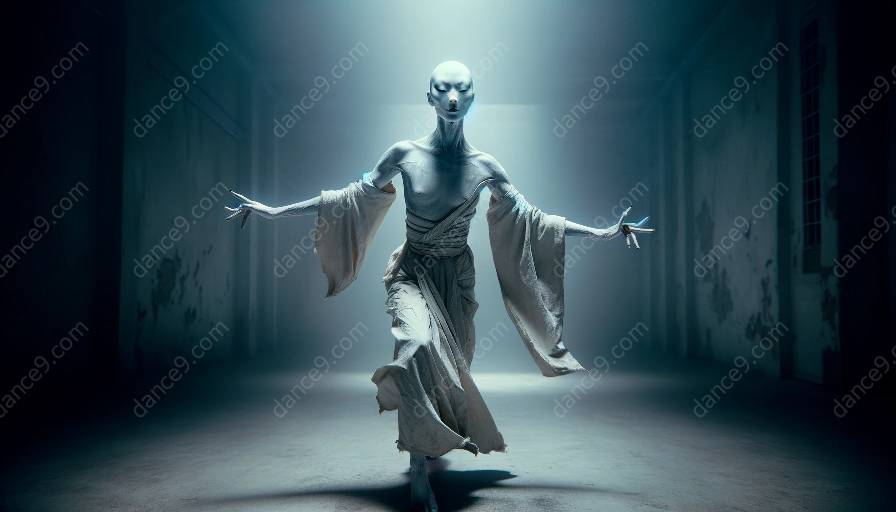Dance is an art form that reflects culture, tradition, and the human experience. When exploring the vast landscape of dance, two styles that stand out are Butoh and Traditional Japanese Dance. This comparative analysis aims to provide a comprehensive understanding of these two forms, delving into their origins, techniques, and influences.
Butoh
Born in post-war Japan, Butoh emerged as a reaction to the Western influences that were penetrating the nation. It is a form of dance theatre that prioritizes the unconventional, grotesque, and absurd. Butoh often incorporates slow, controlled movements that focus on the deeper, darker aspects of human emotion and experience. The dancers in Butoh are known for their intense physicality, often contorting their bodies into surreal and disturbing shapes.
One prominent characteristic of Butoh is its emphasis on the subconscious and collective unconscious. Dancers seek to access primitive and raw emotions, exploring themes of suffering, transformation, and the human condition. Butoh performances are highly improvisational, with dancers often engaging in spontaneous movements that reflect their innermost thoughts and feelings.
Traditional Japanese Dance
On the other hand, Traditional Japanese Dance has a rich history deeply rooted in cultural traditions and rituals. It encompasses various styles, each with its own set of movements, music, and costuming. Traditional Japanese Dance often portrays narratives and folklore, celebrating the natural world, love, and historical events.
Formalized movements, precise gestures, and elaborate costumes are key elements of Traditional Japanese Dance. Dancers undergo rigorous training to master the intricate sequences and expressions that convey the essence of the performance. The dance form places a strong emphasis on grace, subtlety, and harmony, reflecting the core values of Japanese aesthetics.
Comparative Analysis
When comparing Butoh and Traditional Japanese Dance, it becomes evident that they represent contrasting facets of the artistic spectrum. Butoh challenges norms and conventions, embracing the grotesque and unconventional, while Traditional Japanese Dance adheres to cultural norms and historical narratives, embodying grace and tradition. However, both dance forms share a deep connection with spirituality and the human experience.
At the core of Butoh and Traditional Japanese Dance lies a focus on storytelling, whether it's through avant-garde expressions or time-honored narratives. Additionally, both forms incorporate the use of the body as the primary instrument of communication, albeit in vastly different ways.
Impact on Modern Dance
The influence of Butoh and Traditional Japanese Dance on modern dance cannot be overlooked. Butoh's avant-garde approach has inspired contemporary choreographers to explore themes of raw emotion, surrealism, and human vulnerability. On the other hand, Traditional Japanese Dance has contributed to the preservation of cultural heritage and the integration of classical elements into modern choreography.
Both Butoh and Traditional Japanese Dance continue to captivate and intrigue audiences worldwide, bridging the gap between tradition and innovation. Understanding the unique characteristics, influences, and impact of these dance forms provides a rich tapestry for anyone interested in the world of dance.
By delving into the world of Butoh and Traditional Japanese Dance, individuals can gain a deeper appreciation for the diversity and depth of human expression through movement. Book your dance classes today, and embark on a journey to explore the beauty and complexity of these art forms firsthand.













































































